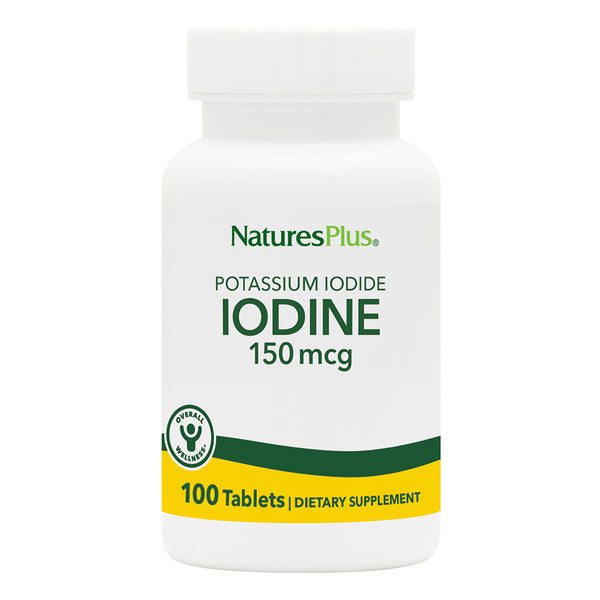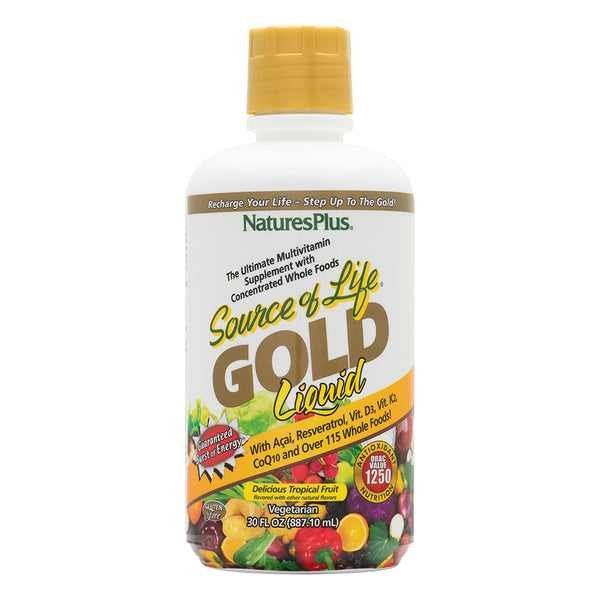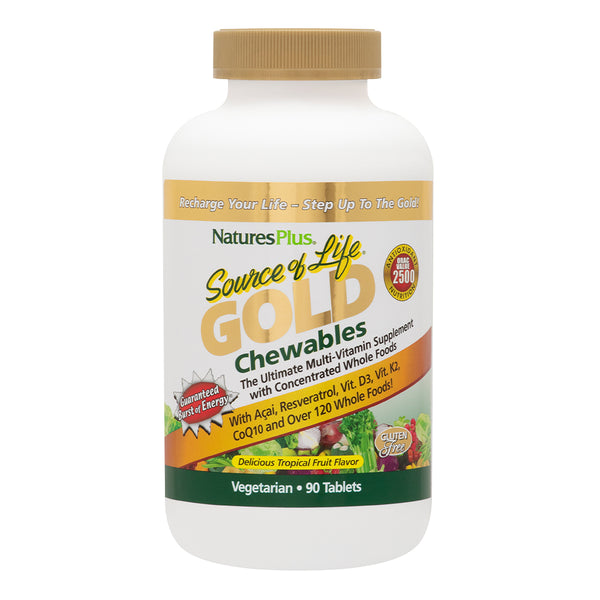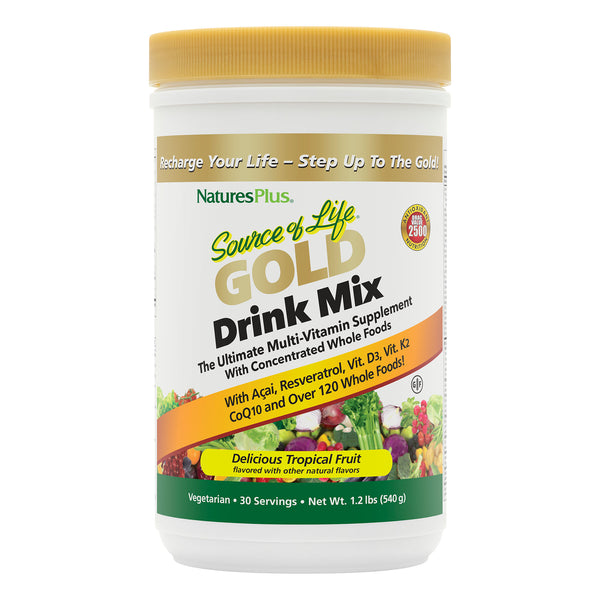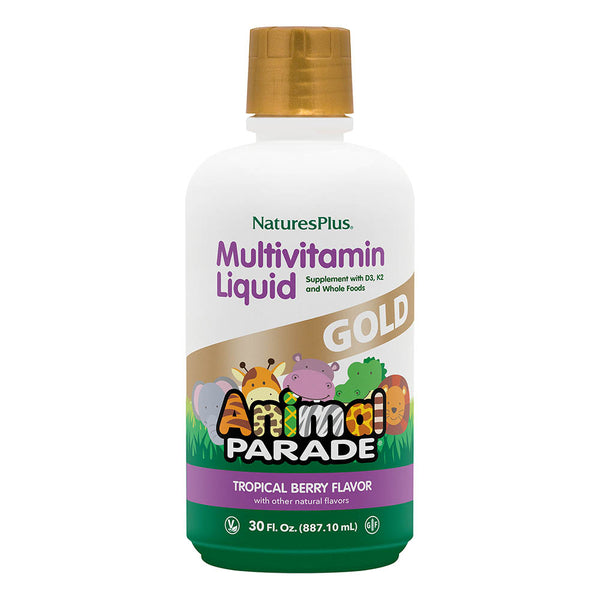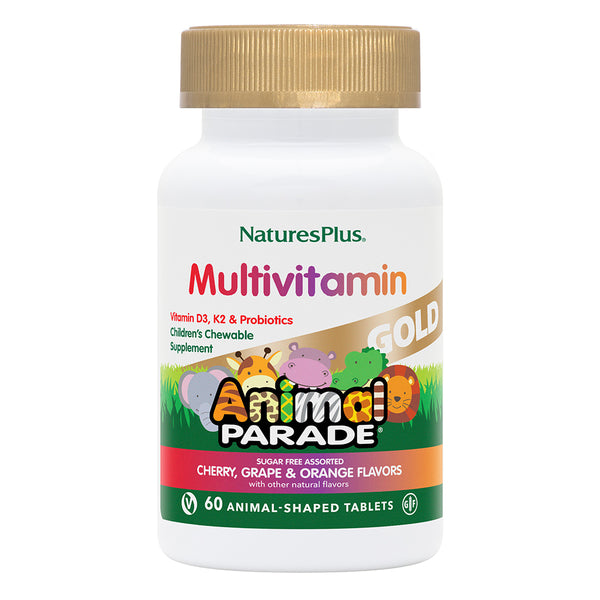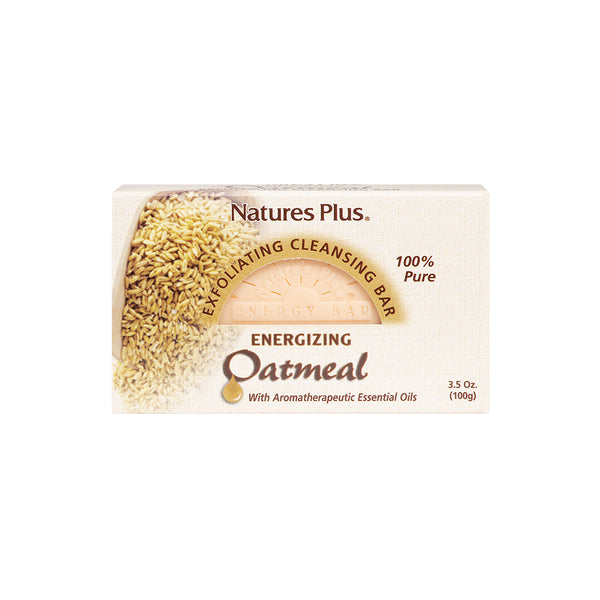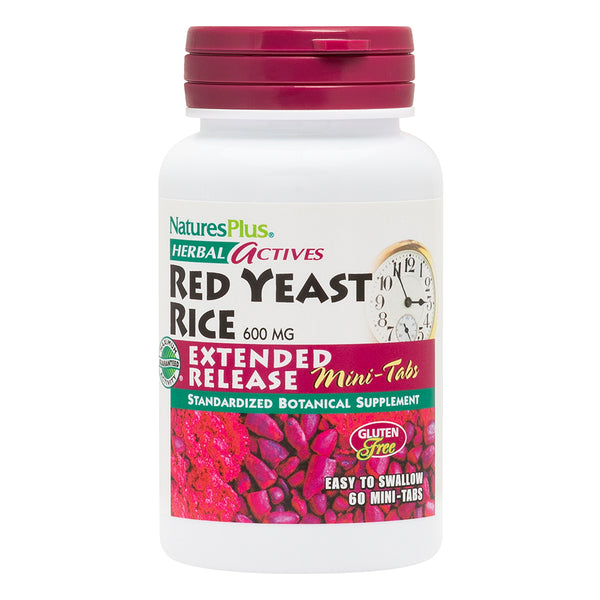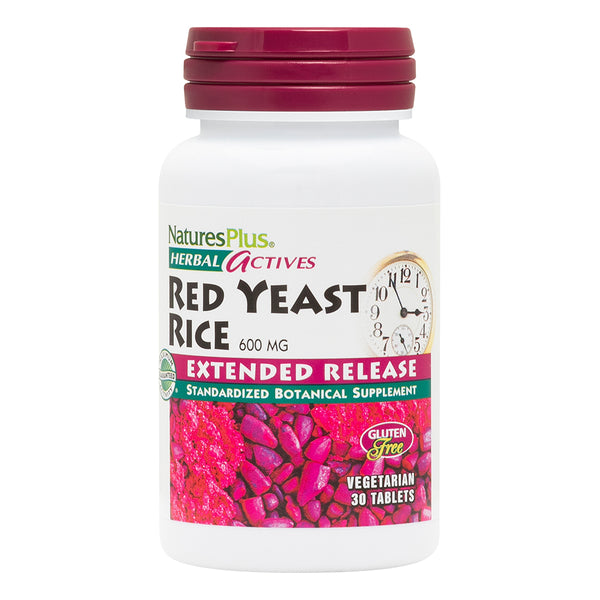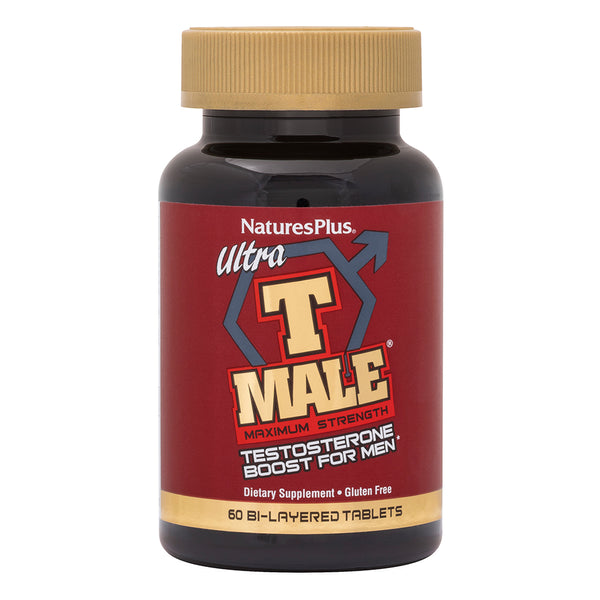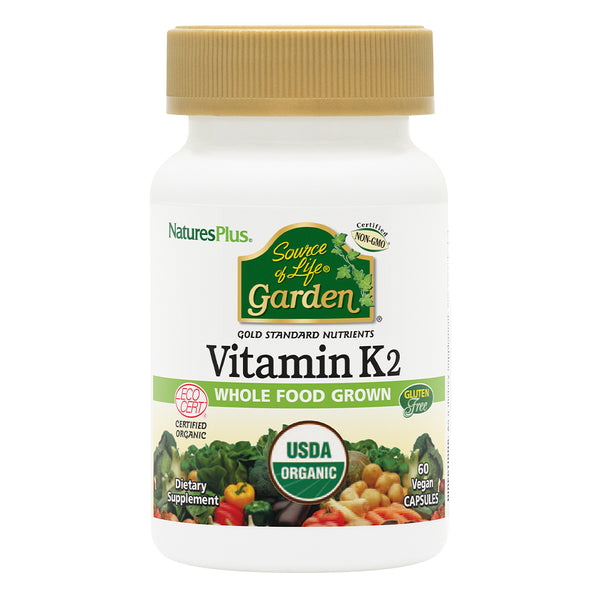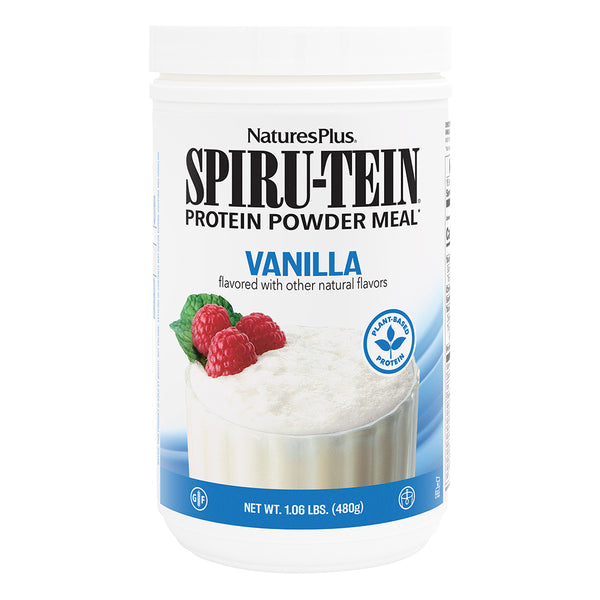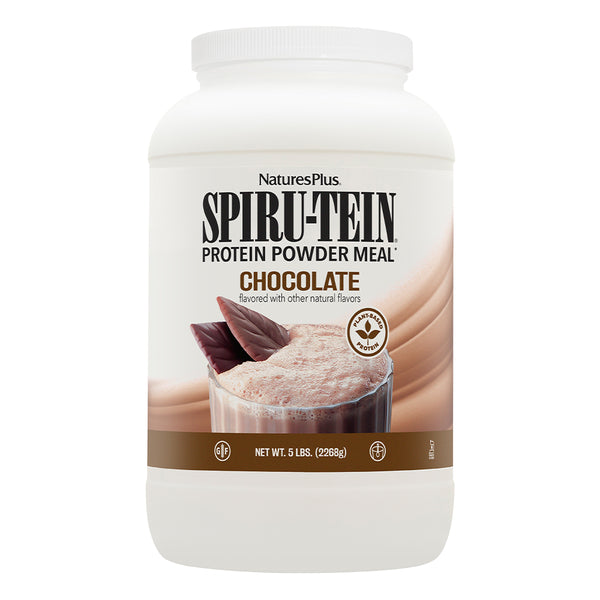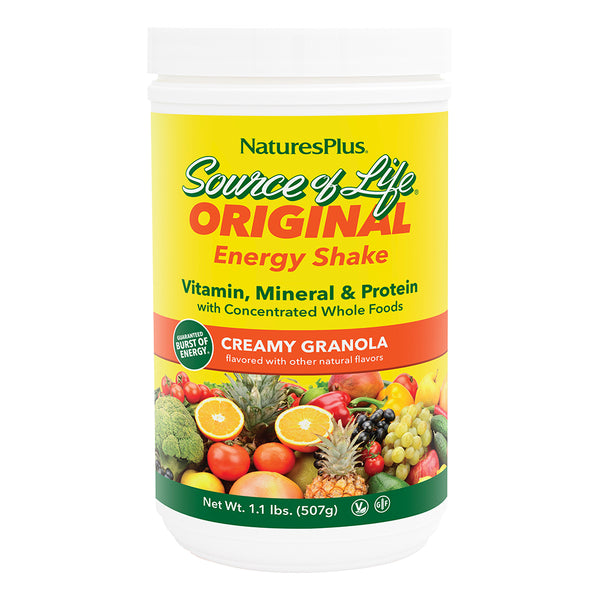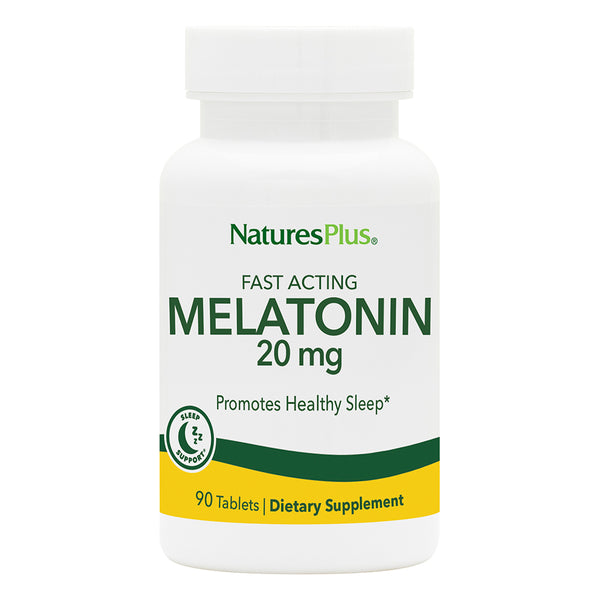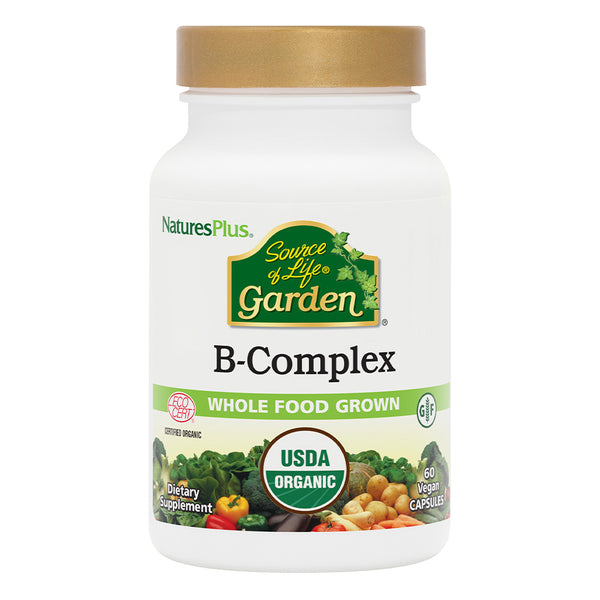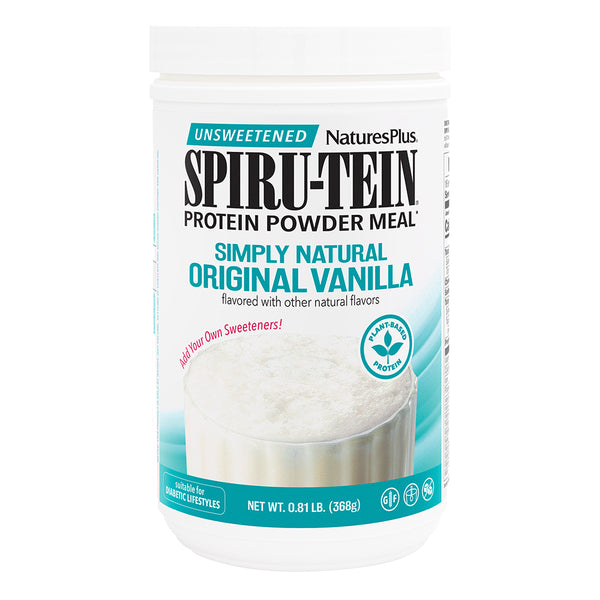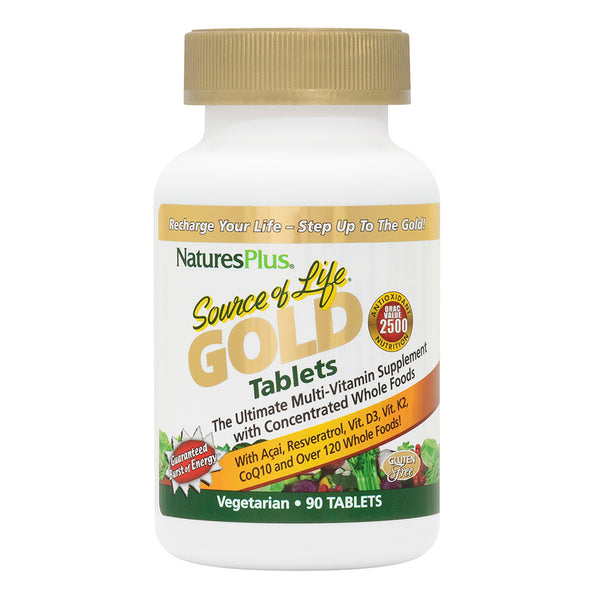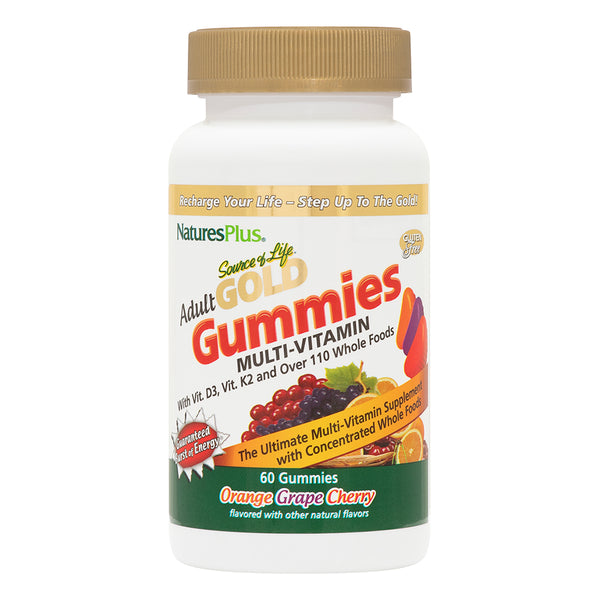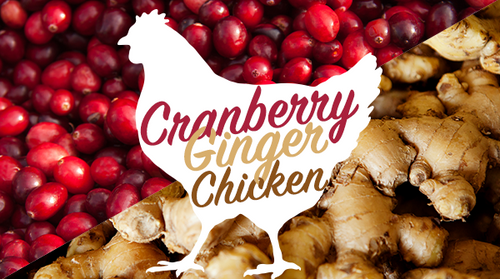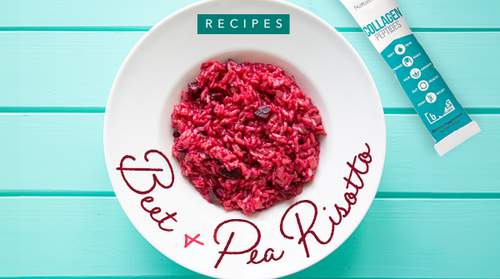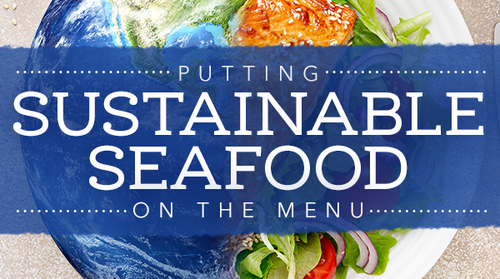Many Native Americans across the country are rediscovering their heritage in a number of ways...and nothing more defines a culture than its cuisine.
Chef Sean Sherman (he and his business are known as the Sioux Chef) is the author of a cookbook and a restaurateur, but the sum of those parts is a fledgling movement to honor tradition and improve the health of Native Americans and indigenous people worldwide.
Greasy fry bread, perhaps loaded with beef, is ubiquitous in places like the Southwest. You won't find it in Sherman's book The Sioux Chef's Indigenous Kitchen (University of Minnesota), a James Beard Foundation award winner, or the restaurants or education centers Sherman is planning.
Instead, you'll find foods common to indigenous people of the upper Midwest: venison, bison, rabbit, turkey, geese, lake fish.
Traditional Foods, Updated
Sherman is at the forefront of a movement to reclaim Native American food traditions—which means concentrating on foods eaten before European contact.
The main focus of Sherman and his team of chefs, ethnobotanists, food preservationists and foragers, however, is plants. Testifying to the great plant diversity that once influenced the diets of indigenous people are plants' many uses...as medicine and for crafting, for instance.
“We're not out there as a health company,” Sherman says. “We're having fun creating all these different flavors. We're not trying to recreate the past as if it was 300 years ago. We're just trying to absorb knowledge from our indigenous ancestors and cutting out colonial foods like dairy, wheat flour, cane sugar, beef, pork, and chicken.”
Sherman’s efforts spotlight farming, cooking and food preservation techniques, and the low-glycemic diet, with good fats because of the many nuts and seeds consumed, that Native people once enjoyed.
“They didn't even have to worry about tooth decay because of the low-glycemic diet they were on, not to mention diabetes,” Sherman says.
Ultimately, he adds, his efforts are “bigger than just food. We're talking about farming, botany, ethnobotany, language, regional histories and geographies. There is so much to relearn.”
One thing to keep in mind is that indigenous diets, crops, and cooking techniques differ throughout North America. The diets of peoples who lived in the Pacific Northwest are quite different from the diets of those who lived along the Gulf Coast. As the trend of indigenous dining and cooking with traditional foods rises, chefs now use foods native to the region to keep the experience authentic.
Here are a few examples of indigenous foods used throughout different areas of North America.
Examples of Indigenous Foods
American Persimmon
Similar in flavor to Asian persimmons, the American persimmon is native to the eastern part of North America. The sweet, pulpy fruit is high in vitamins A and C, full of antioxidants, rich in fiber, and low in fats and calories. Indigenous people made cakes, bread, and soup with the fruit and enjoyed the fresh fruit as a sweet treat.
Blue Camas
These beautiful blue flowers grow wild in the Pacific Northwest as well as in California, Utah, and parts of Arizona. The tuber of the plant is high in protein and carbohydrates. American Indians roasted the bulbs in a pit oven to make them sweet and soft. They would eat the bulbs as is, add them to soups and stews, or make them into bread. Harvesting blue camas bulbs created a strong bond between indigenous communities and the land they harvested on.
Mesquite Beans
Mesquite shrubs are native to the Southwest and produce a bean that's high in protein, fats, carbohydrates and calcium. Harvested in the fall and dried, these beans are suitable for year-round usage. Mesquite beans are also ground into a type of flour that is made into bread or can be mixed with cornmeal to make tortillas and cornbread. Mesquite honey is used as a sweetener.
Pine Nuts
Native to the Great Basin region of the United States, pinon pine trees grow at elevations ranging from 3,000 to 7,000 feet. They produce tiny nuts or seeds inside of their cones, which are harvested and then dried. Pinon pine nuts are a nutrient-rich food filled with protein, fats and carbohydrates. They are ground into flour to make a type of bread, and can be added to soups or simply eaten as a snack for their sweet and nutty flavor.
Saskatoon Berries
Saskatoon berries are native to the North American prairies and grasslands. The berries have a sweet flavor and helped nourish the indigenous people who lived, hunted and harvested plants and berries in the region. Saskatoon berries are still harvested to this day, and you can attend festivals in Canada dedicated to this luscious berry.
Tepary Beans
Native to the Southwest and harvested for thousands of years, tepary beans are high in protein, carbohydrates and soluble fiber. They are also high in essential minerals. The beans are ground into flour for a type of bread or added to soups, and their sweet and nutty flavor adds depth and nutrition to baked desserts.
Wild Ramps
Wild ramps, often called wild onions, grow throughout North America and are especially abundant along the eastern seaboard and well into the Appalachian Mountains. They have a flavor similar to leeks, shallots and garlic, as they are in the same family. The bulbs, stalks and leaves are added to soups and stews, and even eaten raw when freshly harvested in spring.
Wild Rice
With its nutty flavor, wild rice is a delicacy treasured by native peoples. Today, it can be found on holiday tables as a specialty side dish. But in the past, the peoples who lived on the Great Plains and in Canada ate wild rice almost daily. Wild rice is high in protein, minerals, vitamin B and carbohydrates. The rice is cooked and eaten plain or combined with other wild plants and meats to make a type of stew. As wild rice isn't a true grain but a seed, it is also gluten-free.
Wild Salmon
Indigenous people of the Pacific Northwest caught wild salmon as an important food source. Wild salmon consists of healthy fats, protein and essential minerals. Native peoples smoked the meat to preserve it year-round. When this nutritious meat was fresh, the peoples would bake or roast it.
Wild Rice Pilaf with Wild Mushrooms, Roasted Chestnuts, and Dried Cranberries
Wild rice is a flavorful and remarkably satisfying food. The mushrooms add a dark, meaty flavor and texture, while the chestnuts are creamy (and high in protein). This meatless dish will appeal to omnivores and vegetarians alike. Cooked wild rice will keep several weeks in the refrigerator and for at least a year when frozen in a plastic freezer bag.
2 tbsp sunflower or walnut oil
1 lb assorted mushrooms, cleaned
1 tbsp chopped sage
1/2 cup chopped wild onion or shallots
1/2 cup Corn Stock1 or vegetable stock
2 cups cooked wild rice
1/2 cup dried cranberries
1 cup roasted, peeled, chopped chestnuts2
1 tbsp maple syrup to taste
1/2–1 tsp smoked salt, to taste
- Corn Stock: Save the corncobs after you’ve enjoyed boiled or roasted corn on the cob or you’ve cut the kernels for use in a recipe. Put the corncobs into a pot and cover with water by about 1". Bring to a boil and partially cover. Reduce the heat and simmer until the stock tastes “corny,” about 1 hour. Discard the cobs. Store the stock in a covered container in the refrigerator or freezer.
- Roasted Chestnuts: To roast and peel chestnuts, use the sharp point of a small knife to score an X on the flat side of the chestnut and place it on a baking sheet. Roast in a 350° oven until the skins begin to peel back. The length of roasting time will depend on the freshness and size of the chestnuts and range from about 10–25 minutes. Remove, and when cool enough to handle, peel.
Yields 4–6 servings
Source: The Sioux Chef's Indigenous Kitchen by Sean Sherman with Beth Dooley (University of Minnesota Press, 2017). Copyright 2017 Ghost Dancer, LLC. All rights reserved. Used by permission of the University of Minnesota Press.
Like this article? You’ll love our weekly newsletter
sign up here!
**These statements have not been evaluated by the Food and Drug Administration. This product is not intended to diagnose, treat, cure or prevent any disease.





